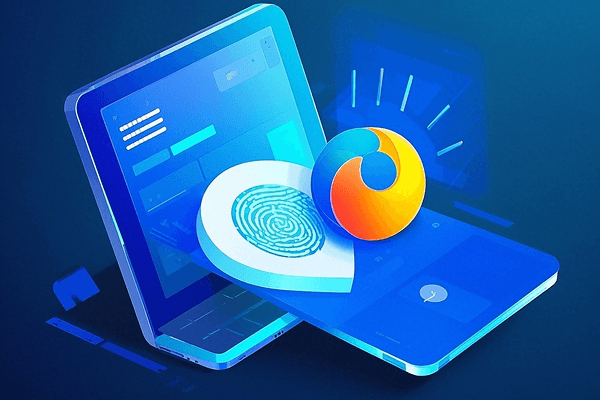
Hot Picks
How to run Facebook ads in 2025? Ideas

Hot Picks
How to promote on Amazon? Sharing various promotion methods

Hot Picks
Choose BitBrowser for fingerprint browsers, and look for the only official website: bitbrowser.cn
How does the fingerprint browser counter -advertising tracking recognition?
Time: 2024-02-05 18:01 Click:
The popularity and development of the Internet, while enjoying the convenience of the Internet, is also facing the risk of privacy and security. Advertisers and other malicious forces can obtain personal information of users by tracking users' browsing behaviors, thereby achieving precise advertising or conducting malicious attacks. To cope with this problem, the fingerprint browser should design anti -advertising tracking and recognition functions to help users protect their Internet privacy.

The fingerprint browser realizes anti -advertising tracking identification through the following ways:
1. Privacy mode: Fingerprint browser usually has a privacy model. After the user starts this mode, the browser will not record the user's browsing history and search records, thereby reducing the ability of advertisers to track users.
2. Do Not Track (DNT) function: After the DNT function is enabled, the browser will send a request to the website, indicating that the user does not want to be tracked. Although this method does not fully ensure that users are not tracked, it can raise advertisers' awareness of moral norms.
3. Advertising interception plug -in: Fingerprint browser usually supports installing advertising intercept plug -ins. These plug -ins can prevent advertisers from obtaining user browsing behavior data, thereby preventing advertisers from accurate positioning of users. For example, using a BitBrowser browser can hide the user's browser records and use the haBitBrowser of use, so as not to allow the identification and tracking of third -party advertisements, so as not to avoid advertising harassment caused by user browser information leakage.
4. Anti -advertising fingerprint technology: Some fingerprint browsers use anti -advertising fingerprint technology, such as virtual advertising fingerprints, agent advertising fingerprints, etc. These technologies allow the fingerprint information distortion obtained by advertisers, thereby reducing advertisers' tracking capabilities for users.
5. Encryption communication: The fingerprint browser can use encrypted communication technology to ensure the security of data transmission between users and websites. In this way, even if advertisers successfully obtained the user's browsing behavior, they cannot analyze and use these data. It is mainly used for cross -border e -commerce, electronic virtual business, etc., which can realize the use of multi -account encryption and open windows. For example, using a BitBrowser browser can open more accounts to put the association, and the pure proxy used can be avoided Website or platform tracking. And the BitBrowser browser can use 10 configuration files for free permanently.
6. User education: Fingerprint browsers should also strengthen the education and publicity of users, raise users' awareness of advertising tracking, and guide users to take correct measures to protect their online privacy.
Fingerprint browsers effectively resist advertising tracking and identification through a variety of technical means to protect users' Internet privacy. However, it should be noted that the existing anti -advertising tracking technology is still developing and improved, and advertising tracking cannot be completely avoided. Therefore, when browsing the web, users still need to maintain a certain degree of vigilance to avoid leaking too much personal information.

 Multi-Account Management
Multi-Account Management Prevent Account Association
Prevent Account Association Multi-Employee Management
Multi-Employee Management



